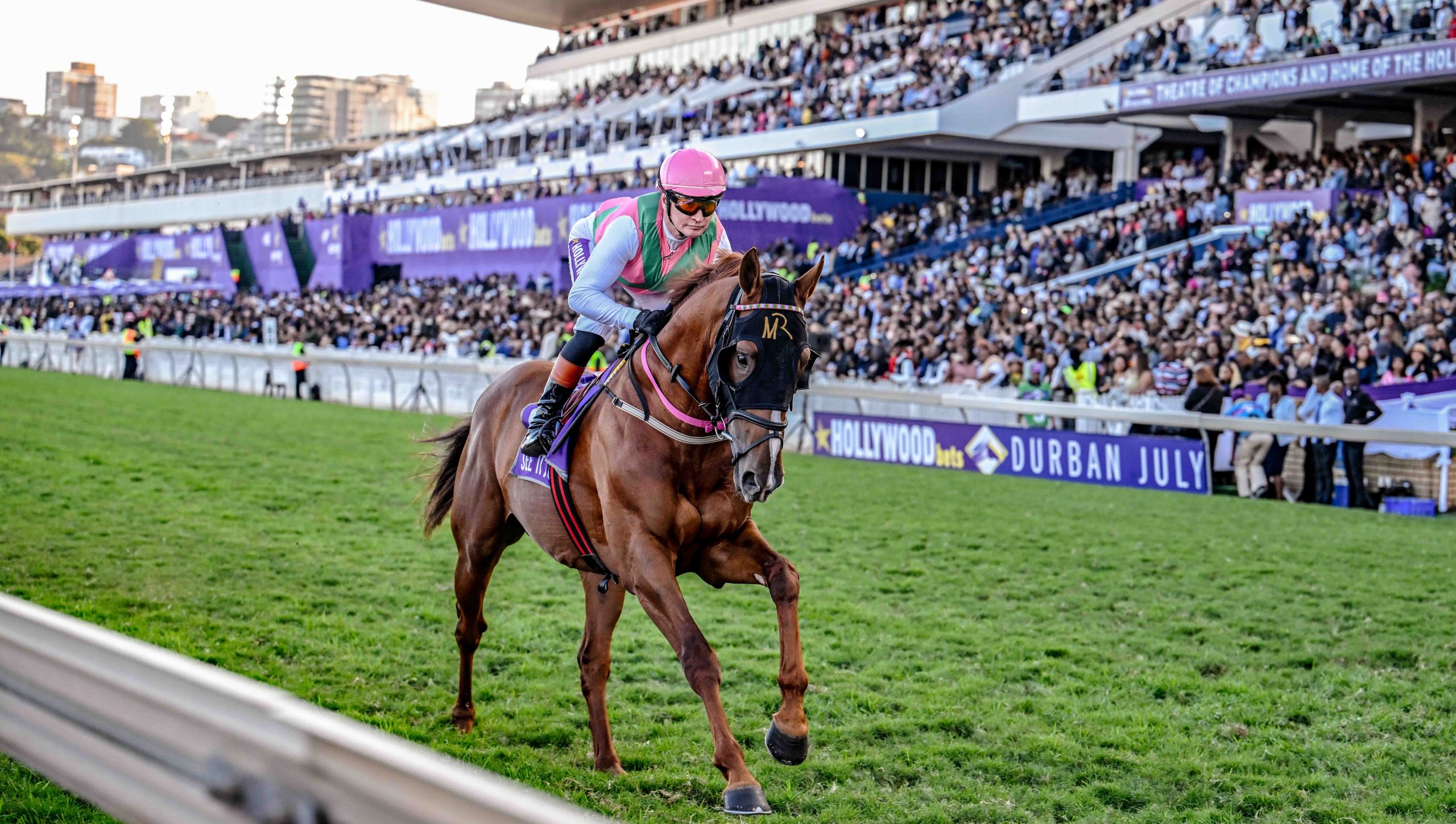Over the past six months, stallions have occupied a great deal of my attention, for obvious reasons.
Oscar Foulkes writes that if he doesn’t get his choices right this breeding season, our broodmares are going to be producing foals that will either be hard or easy to sell in 2026.

Twice Over (Observatory x Double Crossed) (Pic – Supplied)
Of course, the most important part of the project is to breed good horses, but without cash flow there is no business.
My decision tree is simplified – or complicated – by my lack of access to Gimme and Vercingetorix. This has necessitated a deep dive into strike rates, and stats in general, which has yielded a small group of proven stallions that I’m comfortable with using this year.
My view is that we’re in a stallion crisis that has grown over the past year.
When one considers that there has been just one retirement of a northern hemisphere Grade/Group One winner this season (Digital Age), and he is the first since Lancaster Bomber and Danon Platina, who were preceded by Erupt, there are too few prospects in the wings.
And it’s not as if there has been an abundance of other stallion imports.
When it comes to stats, my preference is to look at stallions from the perspective of their numbers of winners, stakes-winners and Grade I winners, expressed as a percentage of their foal numbers (not runners).
For a quick snapshot of the extent of the problem we face, have a look at the list of sires of three-year-olds (https://www.nhra.co.za/index.php/statistics/breeding).
The ages of the stallions aren’t indicated, but you would be correct in observing that the list is made up of older stallions.
Returning to the strike rates, these are benchmarks to bear in mind:

In essence, a rate of 50% winners from foals is average, as is 3.5% stakes-winners. Very few stallions in South Africa are improving on these percentages by a meaningful degree.
I would usually remove just the current crop of two-year-olds, but seeing as we’re still early in the season, I’ve also removed the three-year-olds.
This is what the lifetime stats of the top six looks like (active stallions only):

With the exception of Potala Palace, for which this crop of three-year-olds is his first proper size, this group of stallions is what one would call ‘commercial’.
In no particular order, here’s a group of stallions that are comparatively less successful in the sales ring, and are consequently not supported to the same extent:

I have removed Futura’s two Zimbabwean stakes-winners to give a fairer reflection of quality. I could have included The United States on this list, but with just 76 foals aged four and older it’s not a representative sample.
Another with an unrepresentative sample is Legislate, with just 35 foals aged four and older. He’s the poster child for superlative strike rate, with 83% winners and 22.8% stakes-winners.
However, seeing as he is book is limited to just 50 shareholders’ mares, his inclusion is academic.
If we were making a list of stallions by strike rate of producing Grade I winners, Twice Over would have to be on it.
Sticking with the use of that operative word, IF you take just his colts, and only in the crops in which he fired (because for some reason he drew blanks for three consecutive crops), he has 10% stakes-winning colts (crops 2014, 2018 and 2019).
The percentage grows when you’re selective about the physical individual that you buy. It’s easy to understand why Nick Jonsson is a fan.
While the exploits of Royal Victory have caused Pathfork to have a sudden end-of-season rush, I do not believe that any of these five ‘value’ stallions is getting a full book this year, and yet their strike rates indicate that the possibility of getting a good horse is every bit as good as from the group of ‘commercial’ stallions.
The picture becomes more interesting when you adjust for the quality of mares covered by these stallions, because the top commercial stallions are covering ‘the best’ mares.
Looking at this from the perspective of growing the annual crop size, and therefore the racing population, ensuring that these stallions get full books would be an excellent place to start.
Of course, it would help if the buyers who usually load up on high-priced yearlings by the obvious stallions also added a few by the ‘value’ stallions.
This doesn’t change what in the longer term is potentially an existential problem.
We absolutely have to be importing more – and better – stallions. Until that happens, we could be making better use of the stallions we have, especially the ones of known ability.










